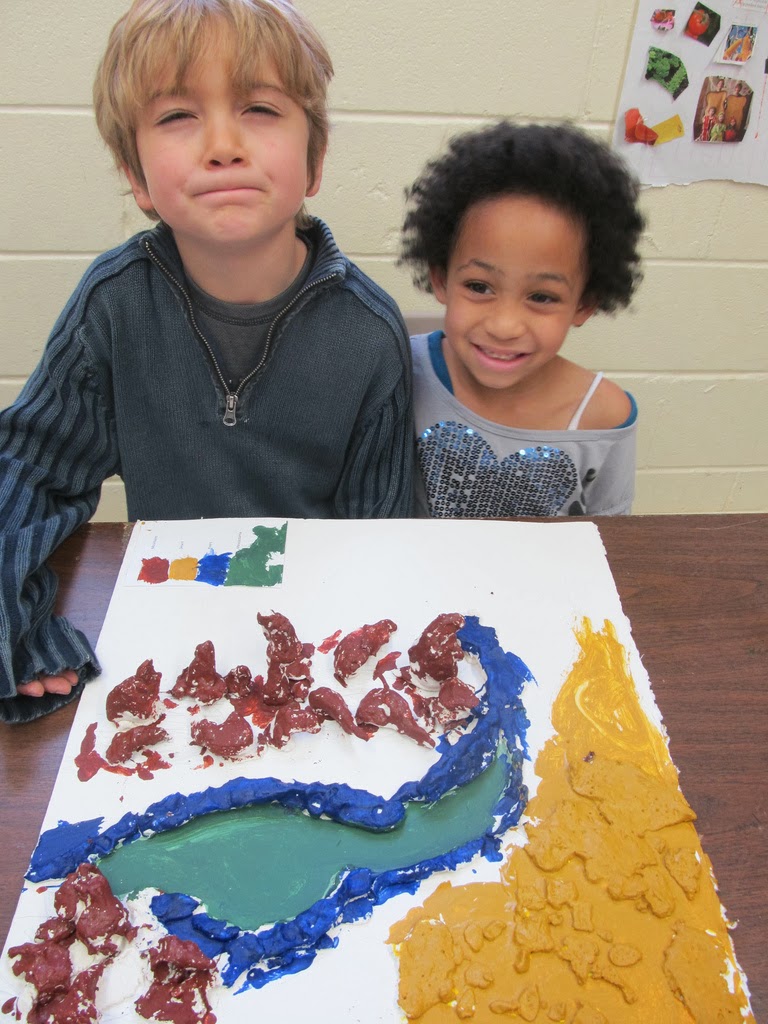It all
started with the ubiquitous “is this right?” from many different students. With that we began a series of mini-classes
to teach children how to check their subtraction answers by using addition. We also decided to use this opportunity to
try and help children understand the relationship between the “whole and the
parts”. We began with subtraction
problems and identified the whole and the part we were taking away. We used
circles cut in two parts to help provide a visual. After arriving at a subtrahend, we had
children add the two parts back together to see if they returned them to the
original “whole”. Once children could do
that we began to try and help them see the general statements that can be made,
entering the world of algebra.
We began
to refer to W-P=P, P+P=W, and the hardest W-?=P. The last was tricky because you really had to
understand that you can arrive at any part by subtracting the other.





